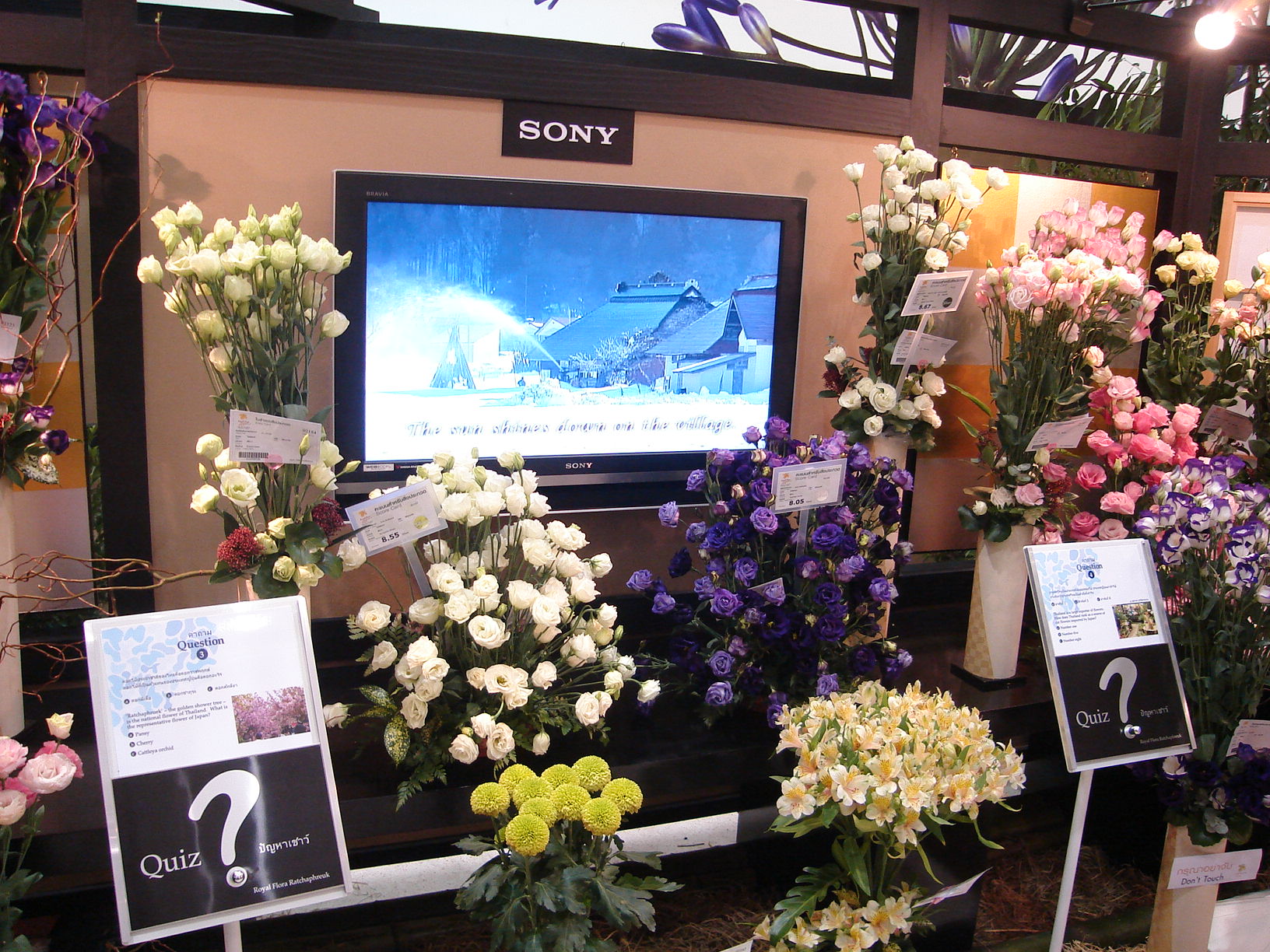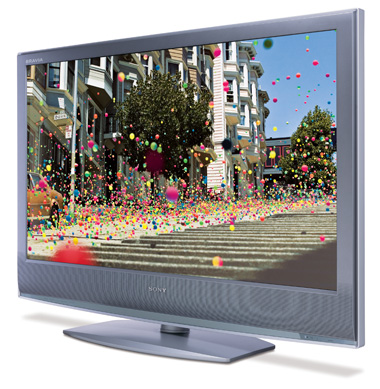3-D displays are now entering professional service as well. In consumer electronics and theatrical applications, displays generally use one of three technologies: filtering, shuttering or autostereoscopy. With filtering, the left and right images are orthogonally filtered with corresponding passive eye wear. Filtering comes in two varieties: polarization (either linear or circular) and narrowband color separation (not to be confused with the two-color anaglyph process). With shuttering, the left and right images are time-multiplexed and viewed through active synchronized eyewear. Autostereo applications remove the need for glasses and are usually realized with a diffuser/lenticular screen or a “parallax barrier” system using a series of vertical slits. For professional applications, 3-D monitors usually incorporate either polarization or shuttering.Compared to LCDs, today’s dominant flat panel display (FPD) technology, OLED monitors are capable of providing markedly better performance features. Thinner, Lighter and more attractive, OLED monitor offer much faster response time, wider viewing angles, higher contrast ratios and brighter, more saturated colors – for a more enjoyable viewing experience. With operatingdisplays, only recently a laboratory curiosity, are now practical, and they are becoming available for professional use. The displays use organic LEDs as the light-emitting pixel elements, and they are different from ordinary LEDs in that they are composed of layers of organic semiconducting material, i.e., they are based on carbon rather than silicon. (Some OLED display backplanes are built from silicon as well.) In OLED screens, an applied voltage transports electrons and electron holes into the emissive layer. Light is produced when the electrons and holes recombine.The advantages of OLEDs include fast response times, broad color reproduction, high brightness, high contrast levels and deep black levels; contrast ratios of over 1,000,000:1 have been achieved. The displays obviate the need for a cold cathode fluorescent lamp (CCFL) or LED backlight unit, can have a lower costs in mass production (due to a simpler manufacturing process with fewer components) and offer a more “green” manufacturing process; recycling is no more onerous than processing glass.While OLEDs historically have had lower lifetimes than LCD/CCFL or plasma panels (typically 60,000 hours for 50 percent brightness of a blue OLED device), power reduction strategies and “pixel orbiting” options can offset the risk of burn-in. Meanwhile, the lifetime and efficiency of the devices continue to improve to the point where we can expect practical 42in to 60in displays in the next five years.
 sony tv
sony tv
sony tv

sony tv

sony tv

sony tv

sony tv
 sony tv
sony tv sony tv
sony tv sony tv
sony tv sony tv
sony tv sony tv
sony tv
 sony tv
sony tv sony tv
sony tv sony tv
sony tv sony tv
sony tv sony tv
sony tv
No comments:
Post a Comment